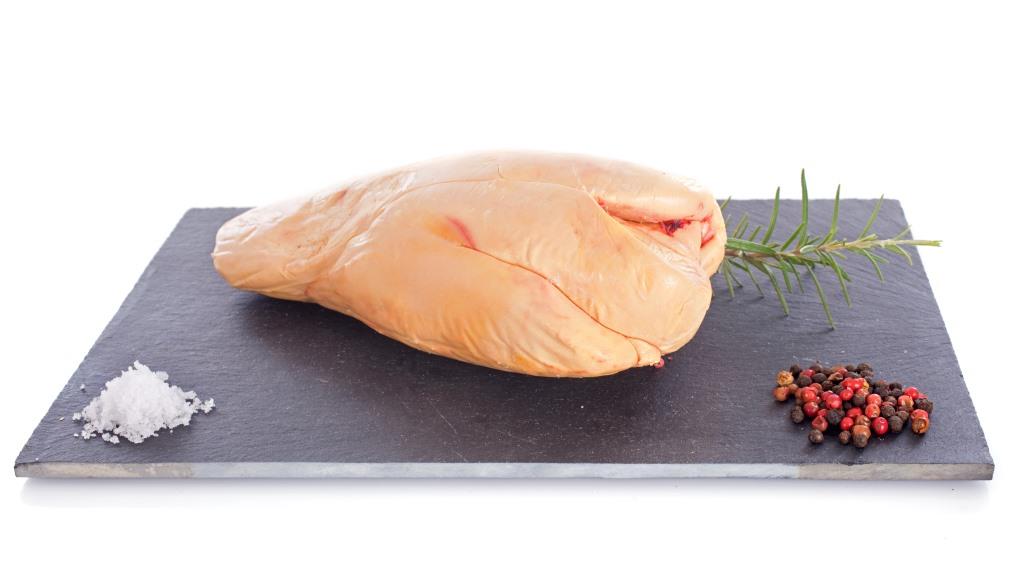Report highlights welfare problems in ducks raised for foie gras
A recent review into the welfare of ducks in France during foie gras production has highlighted a number of problems ranging from poor housing conditions to injuries received during handling and force feeding.
The review, published in the Universities Federation for Animal Welfare (UFAW)’s scientific journal, Animal Welfare, considered all three stages of foie gras production from starting and growing through to pre force-feeding and, the final stage, force-feeding.
During the final stage, from the age of 12 weeks and usually for 12 to 15 days, the ducks are force-fed twice a day with increasing amounts of energy-rich food.
It’s reported that whilst the primary aim of the review was to highlight welfare problems in the last stage of foie gras production, welfare problems were also identified in the first two stages.
These included lack of access to open water for bathing and a fear of humans. The review also found that the physical condition of the birds deteriorated as they progressed through the stages of foie gras production.
The review was carried out by Dr. Irene Rochlitz and Professor Don Broom at the Animal Welfare Information Service, University of Cambridge, and focused on the scientific and other factual information available.
Examination of duck welfare in foie gras production is described as timely, as there have been recent public calls for the practice to be banned. Force feeding is banned in a large number of European and other countries (including the UK), but many countries where production is banned continue to import it.
Dr. Rochlitz stated: “Should foie gras production without force feeding become possible, duck livers should not reach a weight at which there are pathological effects. In order to prevent the accumulation of toxic substances and other adverse effects on welfare due to liver malfunction, maximum liver weights should be specified and based on scientific studies.
“Limits should be established for the occurrence of welfare indicators such as wing fractures, body lesions, gait abnormalities and contact dermatitis with the birds being checked prior to and/or after slaughter.”


 Enter your products and recipes for UK Sausage Week
Enter your products and recipes for UK Sausage Week JBS offloads beef assets to Minerva Foods
JBS offloads beef assets to Minerva Foods
